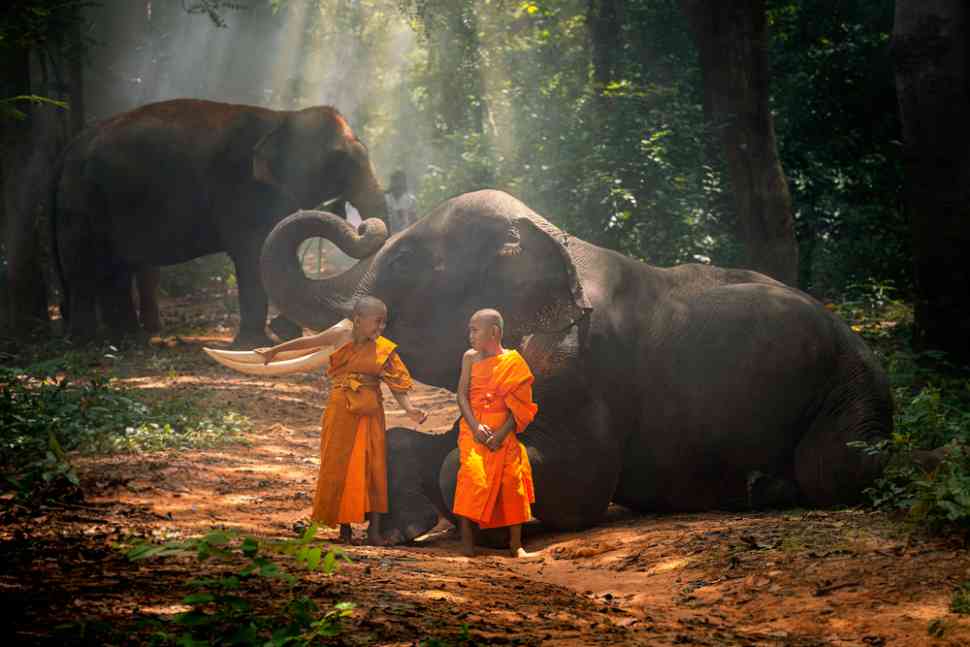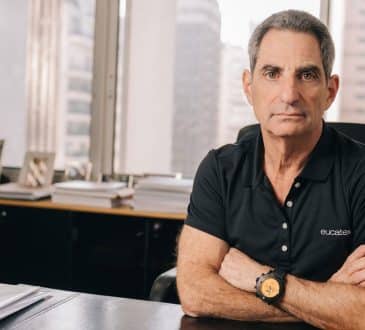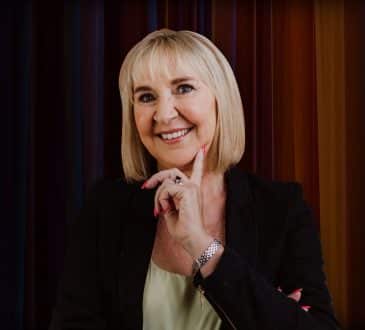The three laughing monks of China

According to the tradition, many years ago there were three monks that used to live in China. The monks were good friends and were inseparable. Their names are not known because they never revealed them to anyone. In fact, the monks never spoke to anyone else. They only talked with each other and no one had ever seen these moments where they discussed. However, our monks in this story were not silent as one would guess since they were monks. They did not speak but they did not remain silent, instead, they used to laugh and this is why they are known as the ”three laughing monks.”
Their ritual was to travel across the country and place themselves in the main square of the village they visited each time. Once they were there and visible by anyone who would happen to cross along the square they would start to laugh loudly and with a great passion and tension as if someone had whispered to them the most successful joke.
People would stop to see the strange performance and see if something would happen at some point. Eventually, as people gather and watched them laugh they would start laughing themselves until laughter was spread to the whole village. People did not know why they laughed, they just could not help it.
Once everyone was finally laughing, the monks would move on to the next village of China to repeat their unique ritual. The monks became famous and whenever they happened to visit a village people would immediately go to the main square to enjoy the relieving laughter that only the monks managed to produce.
One day, while the monks were in the middle of their performance, one of them died. The other two monks did not take a moment to grieve or even cry but continued laughing. The crowd that had been gathered was surprised and stopped laughing. One of the villagers approached the monks and asked them why they are not sorry for their friend.
That was the only time anyone heard the monks talking. The monks kindly replied that a day ago while they were having lunch their friend asked them who they thought would be lucky enough to die first. They explained that the laughter was their way to see reality and that it was an act of wisdom and not a sign of a lack of deep emotions.
According to the tradition, when someone died, people should remove the dead man’s clothes and replace them with new clean clothes since these would accompany the dead on their journey to the other side. As it turned out the monk who died had also confessed that if he was to go first he wanted to stay with his clothes.
He did not wish anyone to dress him up with new clean clothes. He claimed that his laugher had acted as a shield to the world’s ugliness and he was completely ”clean” since he had not let any evil touch him. He did not have guilt and regrets and he did not feel he would have to get rid of anything before he ”leaves” Earth.
The tradition goes a step further and talks also about a miracle. People say that after the monk died fireworks appeared in the sky and made everyone believe in the mission of those three monks. Regardless of whether this is true or not the truth is that the message the monks managed to pass to humanity was really valuable. The idea is that life is to be lived and actually in a good way.
Anything that makes you smile laugh and be happy should be embraced. Searching for challenges to justify our existence is not the purpose in life. The ritual the monks performed had a symbolic character and it worked fine to convince people – at least up to a point – that they should focus on the bright side of life. If we could base our lives on this simple direction things would be more simple and easy and – who knows? – perhaps we would be able to live in a more developed world as well.
Have you read?
# Best Citizenship and Residency by Investment Programs.
# Richest People in New York and Their Net Worth, 2022.
# The World’s Top 10 CEOs Over 70 Years Old.
# These are the world’s most and least powerful passports, 2022.
# Case Study: LVMH’s Bernard Arnault, Apple’s Tim Cook, and Elon Musk.
Bring the best of the CEOWORLD magazine's global journalism to audiences in the United States and around the world. - Add CEOWORLD magazine to your Google News feed.
Follow CEOWORLD magazine headlines on: Google News, LinkedIn, Twitter, and Facebook.
Copyright 2025 The CEOWORLD magazine. All rights reserved. This material (and any extract from it) must not be copied, redistributed or placed on any website, without CEOWORLD magazine' prior written consent. For media queries, please contact: info@ceoworld.biz











